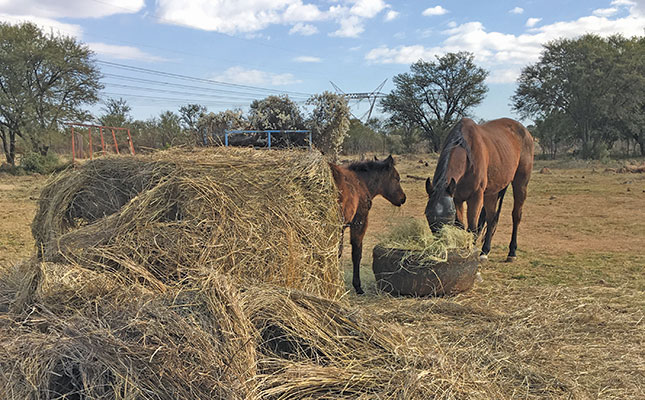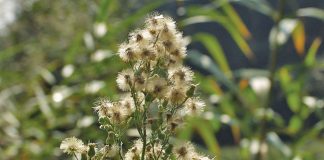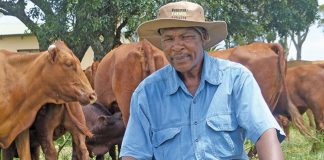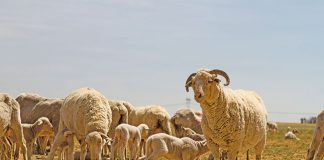
Photo: Dr Mac
If that expensive bale of hay you bought because the grass in the paddock has been eaten down to the roots is just not getting smaller, the hay may be mouldy.
Horses know by the taste that the hay may not be good for eating. They will thus turn away from it, even if they are hungry, as horses generally find mouldy hay unpalatable.
Moulds growing in damp hay can result in dry matter and nutrient loss, and may produce spores and dust.
If your horses won’t eat the hay, investigate the reason. The best way to do this is to pull the bale apart.
The smell of mould will hit you as you do this and you may even begin sneezing. Mould that grows on damp hay is not only dangerous for horses; it can cause asthma attacks or fungal overgrowth in lung tissue in humans.
Dangers of mould
All is not lost; some mouldy hay will dry out and the mould spores will be blown away in the wind if you open up the bale so that it can dry out properly. The drying out of the bale can take a few days. The mouldy hay must be kept outside, so the wind can work on the mould.
It is not a good idea to keep mouldy hay stacked up in your shed as it will not easily dry out and can reduce air quality.
The fungal species commonly found in baled hay include Alternaria, Aspergillus, Cladosporum, Fusarium, Mucor, Penicillium, and Rhizopus.
Many of these moulds can produce severe respiratory disease, especially in stabled horses.
One complication is recurrent airway obstruction, also known as heaves. This results in horses that have difficulty breathing and become intolerant of exercise. It may be fatal.
Allergies are also a problem and horses will cough and sneeze, showing runny noses and eyes.
Certain moulds can also produce mycotoxins as they grow; these are toxic.
You can send hay samples away to test them routinely for mycotoxin content. Mycotoxins can result in brain damage, staggering and paralysis; liver disease; and skin allergies. If fed to in-foal mares, they can result in abortions or malformed foals.
Sometimes low doses over a long while can result in infertility and endocrine changes.
Over time, the horse may have generalised organ failure, associated with an altered metabolism.
Moulds in feed may also result in changes to digestion and overgrowth of normal gut organisms, with horses eating less, and showing colic or diarrhoea.
Mouldy feed can also suppress the immune system, leading to a higher susceptibility to infectious diseases such as biliary and African horse sickness.
Dr Mac is an academic, a practising equine veterinarian and a stud owner.










